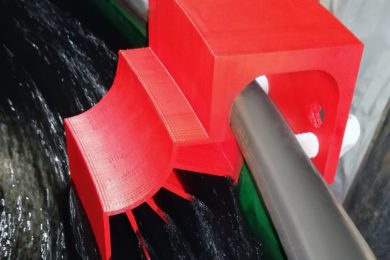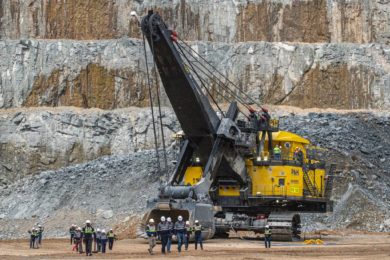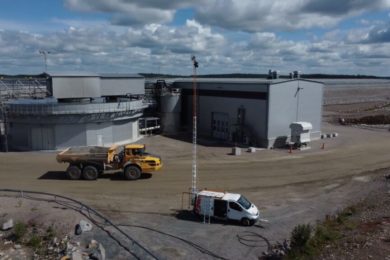Three-dimensional printing – otherwise known as ‘additive manufacturing’ – has given minerals processing equipment solutions leader Multotec a new string to its bow, enabling rapid and effective technology innovation for optimal customer benefit. “While computer-aided design (CAD) software has, for many years, allowed manufacturers to test new or improved products by simulating their behaviour on-screen, there comes a point at which it is quicker and easier to build a prototype of the product to elicit user feedback on the design and its functionality.”
Multotec invested in 3D printing technology to improve its efficiency in creating and testing these prototypes, thereby improving the speed to market of its newly developed products. There are already several examples of how successfully the group has done this, both here in South Africa and for its customers abroad. In one case, a Multotec Canada customer had a specific requirement for its unique spiral application and wanted the concentrate splitter to cut the flow in a specific location. To do this, a spiral flow diverter was designed that would attach to the spiral’s working surface in front of the product box. A prototype unit was 3D-printed in-house, and trial-tested and refined in South Africa. To minimise the lead time, a digital model of the prototype was sent to Multotec Canada, who was able to have the item 3D-printed in Canada within 48 hours – showing how rapid prototyping could create a customer-specific solution in just a short timeframe, almost anywhere in the world
Similar success was achieved in developing a quick-release spigot holder and coupling for a cyclone, following feedback received from customers. The customers had noted that the process of changing out the spigots was taking a considerable amount of time and effort, as all the bolts to the spigot holder had to be removed to replace the spigot. The solution pursued allowed the spigot holder to be screwed apart rather than unbolted; the prototype was 3D-printed in-house by Multotec and presented to the cyclones division – giving experts the ability to see and feel the product before any investment in tooling was made. The screw spigot holder and coupling are now being injection-moulded, which has further reduced the component’s mass, as well as the cost and time it takes to manufacture.
In another example, a Multotec customer requested a solution to completely block material flow from the sliding splitters to the concentrate gully of their spirals. After a solution was designed, 3D-printed and successfully tested, a silicon rubber mould could be produced from the 3D-printed component. This mould was then used for casting polyurethane and producing a final product which met the customer’s needs, speeding up the time to market and cost of production.
Multotec’s 3D printing capabilities have also allowed the company to study the concentrate flow in a spiral, by using a 3D-printed spiral off-take prototype that fits to the profile and slope of the spiral. Research is underway to ascertain what the different grades are that exist within the concentrate section of the flow, so that equipment and processes can be continually optimised for customers – thereby enhancing plant efficiency and the overall cost per tonne.










